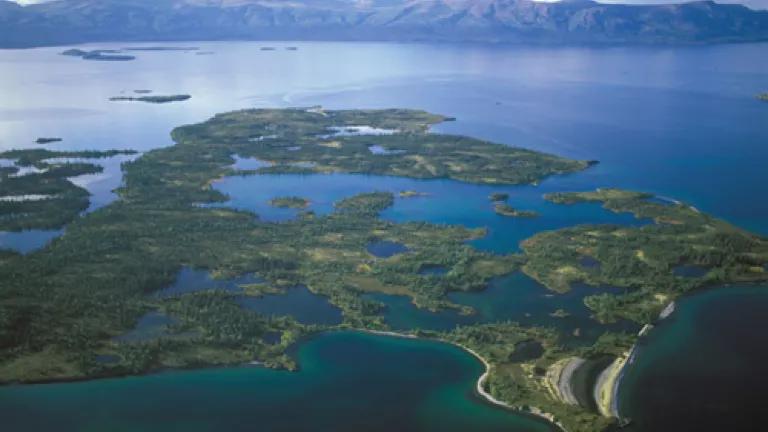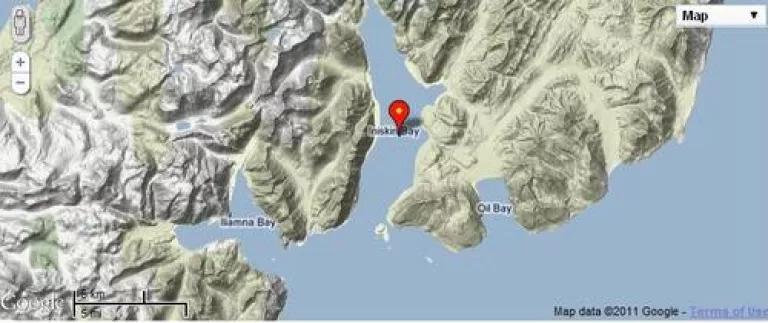
Most people who've heard of the massive Pebble Mine — proposed for construction in the wild lands above Bristol Bay in southwest Alaska — know about the gigantic open pit, the estimated 10 billion tons of mining waste laced with toxics, the unavoidable risk of contamination to the wild salmon fisheries of region, and the overwhelming opposition of the people who live there.
But few people understand that it gets even worse.
The foreign mining companies that make up the Pebble Partnership have said very little about impacts from the road, power plants, slurry pipelines, relentless heavy-duty diesel truck traffic, and even a deep water port that would accompany the mine – infrastructure essential to its operation, destructive in its own right, and staggering in its geographic scale.
This week my colleagues and I flew over the proposed right-of-way of what is currently estimated to be a 104-mile road from the mine site to Cook Inlet. From the pristine

wild lands at the headwaters of the Bristol Bay watershed, the road would wind south, crossing innumerable streams and other water bodies, large and small, where salmon spawn. It would skirt the east end of Lake Iliamna -- the largest fresh water body in Alaska – eviscerate the community of Pedro Bay, bridge the Iliamna River (among others), and traverse steeper

and steeper slopes as it winds its way through icy mountain peaks that drop precipitously into the deep blue waters of Iniskin Bay in Cook Inlet.
There, an industrial marine terminal and a deep water port would be constructed at the receiving end of a new slurry pipeline, where ore from the mine would be loaded onto large, ocean-going container ships. These industrial facilities – and the increased ship traffic that it is intended to attract -- wouldn’t be good news for the critically endangered population of Beluga whales that reside in Cook Inlet, already home to the Port of Anchorage to the North. The population has already been federally listed as endangered and its Cook Inlet habitat designated as critical.

Although no one yet knows how the power for the massive mine and associated infrastructure would be generated – power needed, for example, to continuously and permanently dewater the site, power the mine construction and operations, slurry the ore, treat the run-off, and run the port – estimates are that the demand would equal or surpass that required by the entire city of Anchorage. The costs of such facilities – economic, environmental, and social --- would be staggering.
It’s no secret that the technological and engineering challenges of large-scale mining in a region as wild, wet, and vast as is contemplated for the Pebble Mine are unprecedented, from the mine itself to the facilities essential to service it. But it is equally clear that, even if the world’s best engineers could be enlisted to build it, there is no way they could engineer away the inevitable and innumerable risks of failure, accident, fuel and chemical spills, contamination, and ultimately economic, environmental, and social devastation that such a project, in such a location, would pose to the communities, to the fishermen, and to the wildlife of Bristol Bay.
The Pebble Mine is a road to disaster. And when the ore has left the country, the people of Alaska will be left with the wreckage.




